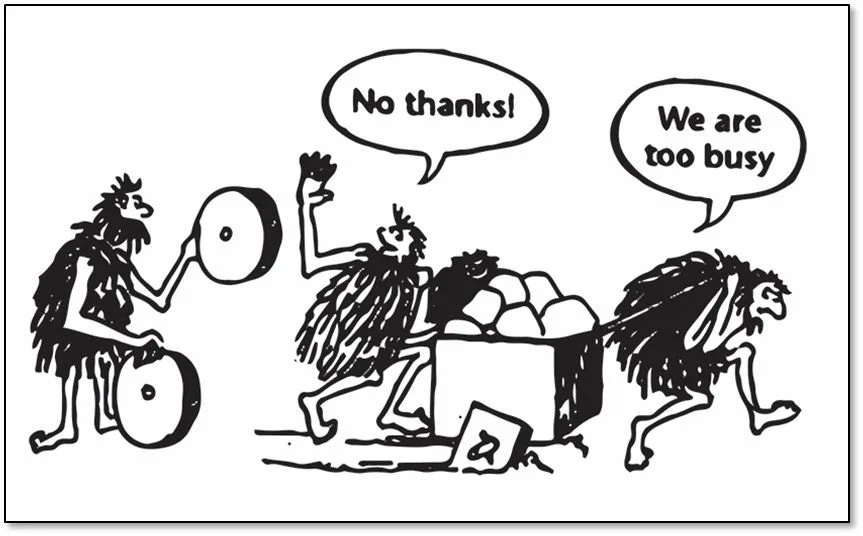Listening and communicating without words.....
What I’ve learnt from training with my dog about collaboration and using body language
For those that don’t already know, one of my main passions away from work is training and competing at agility with our dog, Sally.
So, how does agility with Sally help me in my day job?
Well, say it quietly but training a dog is a bit like managing a team!! I’m lucky I've started with a rescue dog who has brains and aptitude and has picked up what to do with agility obstacles and my commands really easily. This is similar to being a manager and recruiting or inheriting good people in your team who have an aptitude and attitude for the role.
But there’s more to it. There is the collaboration, teamwork and communication lessons she has had for me.
I have spent so much time with Sally around an agility course, whether training or competing. And one thing I have really enjoyed is how we communicate without words. A competition environment can get very noisy, there’s often several rings with competing dogs running at the same time, excited dogs barking, people shouting instructions at their dogs, tannoy announcements, and so on. So, we’ve worked on Sally being able to understand my instructions without necessarily being able to hear me….and that’s where non verbal communication comes in. A drop of a shoulder to change direction or, maybe, different hand signals for different obstacles.
How does that impact in the workplace? Firstly, it is easy to forget that people are reading our non verbal communications whenever we are with them. And it can be so easy to give out the “wrong” signals if we’re not truly paying attention. For example, one of your team wants to speak to you about something they think is important, you agree to see them but your body language suggests you’re distracted and not really interested. Despite what words you’re using, they will receive the uninterested message too!
Then, we think about the different ways we communicate and that what works best with one person in your team may not be the same for others. What about anyone in your team who prefers written information they can take their time over and reflect on? Or the one for whom English is not their first language? Your body language may become more important in these interactions.
And, of course, there’s the collaboration. The most obvious is between Sally and myself - if we’re not working well together, there’s no way we will get round a course successfully. But there’s also the collaboration that gets the competition running, that helps everything run smoothly. It takes a whole team of people to put on an agility event, even to run a training session.
Does your team collaborate well? Day to day as well as for big events? Are they all pulling in the same direction, working with the same priorities, to provide the best HR experience to your organisation?
Sally and I have been training and competing for a few years (intermittently) and working together with her has been amazing. Whilst Sally and I have won a few rosettes over the years, we haven’t progressed particularly highly and certainly never going to get to Crufts!! But, on the days when it works, when we gel as a team, and we get a clear round, it is a really special feeling.
And when you work with team who are communicating and collaborating well, that too is a special feeling for everyone involved.
Not felt that in a while with your team? Want a sounding board to chat through how you might be able to improve your team’s collaboration and communication? Then, get in touch, for a free call.




